Flexible Network Modal Packet Processing Pipeline Construction Mechanism for Cloud-Network Convergence Environment
-
摘要: 随着云网融合技术的发展,多样化的网络业务需求催生了对多模态网络报文柔性化处理的需求。本文提出了一种基于多模态网元抽象模型与前-中-后端三段式编译架构的协议报文柔性化处理编译机制,通过中间表示切片算法将多种网络模态混合的处理逻辑拆解并映射至ASIC、FPGA、CPU等异构硬件资源上,构建支持自定义配置的柔性流水线以适应不同的网络业务传输要求。本文详细介绍该架构的设计理念、中间表示结构及中间表示切片算法,并验证所提出的柔性流水线在构造效果和功能满足方面的优越性。实验表明,该机制能构建从1段到5段等多种流水线样式,在原型系统上实现的多模态处理流水线平均延迟最低可达15.48us。因此,该机制能够有效提升网络服务的灵活性和效率,为超融合云网环境下的网络报文处理提供了新的思路。Abstract:
Objective With the deep integration of information network technologies and vertical application fields, the demand for cloud-network convergence infrastructure has become increasingly prominent, and the boundaries between cloud computing and network technologies are becoming more blurred. The development of cloud-network convergence technologies has given rise to diverse network service requirements, further posing new challenges for the flexible processing of multi-modal network packets. The device-level network modal packet processing flexible pipeline construction mechanism is key to realizing an integrated environment that supports a variety of network technologies. This mechanism constructs a protocol packet processing flexible pipeline architecture that, based on different network modals and service demands, customizes a series of protocol packet processing operations, including packet parsing, packet editing, and packet forwarding, thus improving the adaptability of networks in cloud-network convergence environments. This flexible design allows the pipeline processing flow to be adjusted according to actual service demands, meeting the functional and performance requirements of different network transmission scenarios. Methods The construction of a device-level flexible pipeline faces two major challenges: (1) how to flexibly process diverse network modal packet protocols based on polymorphic network element devices, requiring coordination of various heterogeneous resources to quickly identify, parse, and correctly handle network modal packets in various formats; (2) how to ensure that the pipeline construction is flexible, providing a mechanism to dynamically generate and configure pipeline structures. This mechanism should not only adjust the number of stages in the pipeline but also allow customization of the specific functions of each stage. To address these challenges, this paper proposes a polymorphic network element abstraction model that integrates heterogeneous resources. It employs a hyper-converged approach using high-performance switching ASIC chips paired with more programmable but slightly weaker FPGA and CPU devices at the device-level hardware architecture layer. Through the synergy of hardware and software, it meets the flexibility demands for unified support of custom network protocols. On the basis of the network element abstraction model, a protocol packet flexible processing compilation mechanism is further designed, constructing a flexible pipeline architecture that supports customizable configurations to accommodate different network service transmission requirements. It is a front-end, mid-end, back-end three-stage compilation architecture. At the same time, in response to the adaptive issues between differentiated network modal demands and heterogeneous resources, a flexible pipeline technology based on IR slicing is proposed. This approach precisely decomposes and reconstructs the integrated IR of multiple network modals into several IR subsets according to specific optimization methods, ensuring the original functionality and semantics, thus enabling flexible customization of the network modal processing pipeline through collaborative handling of heterogeneous resources. By utilizing an intermediate representation slicing algorithm, this mechanism decomposes and maps hybrid processing logic of multiple network modalities onto heterogeneous hardware resources such as ASICs, FPGAs, and CPUs, thereby constructing a custom-configurable flexible pipeline that adapts to various network service transmission requirements. Results and Discussions To demonstrate the construction effect of the flexible pipeline, this paper introduces a prototype verification system for polymorphic network elements. As shown in Fig. 6 , the system is equipped with Centec CTC8180 switch chips, multiple domestic FPGA chips, and domestic multi-core CPU chips. On this polymorphic network element prototype verification system, protocol processing pipelines for IPv4, GEO, and MF network modals were constructed, compiled, and deployed. As shown inFig. 7 , actual packet capture tests have verified that different network modals use different packet processing pipelines. To validate the core mechanism of network modal flexible pipeline construction, we compared the IR code size before and after slicing under the three network modals and network modal allocation strategies in Section 6.2. The integrated P4 code for the three network modals, after front-end compilation, produced an unsliced intermediate code of 32,717 lines. According to the modal allocation scheme, slicing was performed during the middle-end compilation stage, resulting in IR slices for ASIC, CPU, and FPGA with code sizes of 23,164, 23,282, and 22,772 lines, respectively. Finally, the performance of multi-modal protocol packet processing was evaluated, focusing on the impact of different traffic allocation schemes on the network modal protocol packet processing performance. According to the experimental results inFig. 9 , it can be observed that the average packet processing delay forScheme 1 is significantly higher than the other schemes, reaching 4.237 milliseconds. In contrast, the average forwarding processing delay forSchemes 2 , 3, and 4 decreased to 54.16 microseconds, 32.63 microseconds, and 15.48 microseconds, respectively. This shows that with changes in the traffic allocation strategy, especially the adjustment of CPU resources for GEO and MF modals, network packet processing bottlenecks can be effectively reduced, thereby significantly improving multi-modal network communication efficiency.Conclusions Experimental evaluations confirm the superiority of the proposed flexible pipeline in terms of construction effects and functional fulfillment. The results show that the proposed method can effectively address complex network environments and diverse service demands, demonstrating strong performance. Future work will further optimize this architecture and expand its applicability, aiming to provide more powerful and flexible technical support for network packet processing in hyper-converged cloud-network environments. -
表 1 多段式网络模态报文处理柔性流水线设计
序号 流水线段数 流水线通路 优缺点分析 1 1 ASIC 速度快,报文解析转发功能相对固定 2 3 ASIC→FPGAm→ASIC 速度较快,具备一定灵活性 3 3 ASIC→CPUn→ASIC 速度较慢,灵活性高 4 4 ASIC→FPGAm→CPUn→ASIC 速度较慢,灵活性高 5 4 ASIC→CPUn→FPGAm→ASIC 速度较慢,灵活性高 6 5 ASIC→FPGAm→CPUn→FPGAm→ASIC 速度慢,灵活性较高 7 5 ASIC→FPGAm→CPUn→FPGAm’→ASIC 速度慢,灵活性较高,可利用资源更多 8 5 ASIC→CPUn→FPGAm→CPUn→ASIC 速度慢,灵活性较高 9 5 ASIC→CPUn→FPGAm→CPUn’→ASIC 速度慢,灵活性较高,可利用资源更多 10 1+2i或1+3i(i≥1) ASIC→i·(CPUn|FPGAm|(CPUn→FPGAm)|(FPGAm→ CPUn) → ASIC →) 更一般化的流水线阶段表示 表 2 模态中间表示IR中的control单元切片处理模块算法
1 control单元切片处理模块() 2 { 3 for (auto i : 模态条件判断模块集合){ 4 ···. 5 auto cond = new
IR::IndexedVector<IR::StatOrDecl>;6 element = element_extract(); //模态条件判断模块,
模态标识要素提取7 if (true == check_element(element)) //模态标识要素
校验8 ans = element_match(element) //模态标识要素匹配 9 if (true == ans) 10 cond = push_back(i); //保留此模态条件判断模块 11 else 12 切片删除此模态条件判断模块 13 else 14 continue; //要素不合法,跳出循环 15 ···. 16 } 17 refresh_node(cond); //模态条件判断模块集更新 18 return; 19 } 表 3 IR切片测试和代码量情况
网络
模态模态
分配
策略切片前网络模态
IR代码量
(multimodal_mix.ir)切片后各个芯片IR
切片代码量ASIC
切片
(asic.ir)FPGA
切片
(fpga.ir)CPU
切片
(cpu.ir)IPv4 ASIC 32717 23164 22772 23282 GEO CPU MF FPGA 表 4 多模态协议报文处理性能评估(128B报文长度)
模态组合 切片策略 流量分配方案 方案1 方案2 方案3 方案4 IPv4 ASIC 100 Mbps 200 Mbps 300 Mbps 400 Mbps GEO CPU 200 Mbps 150 Mbps 100 Mbps 50 Mbps MF CPU 200 Mbps 150 Mbps 100 Mbps 50 Mbps 平均报文处理延迟时间 4237 μs 54.16 μs 32.63 μs 15.48 μs -
[1] WANG Guohui and NG T S E. The impact of virtualization on network performance of amazon EC2 data center[C]. 2010 Proceedings IEEE INFOCOM, San Diego, USA, 2010: 1–9. doi: 10.1109/INFCOM.2010.5461931. [2] DUAN Qiang, YAN Yuhong, and VASILAKOS A V. A survey on service-oriented network virtualization toward convergence of networking and cloud computing[J]. IEEE Transactions on Network and Service Management, 2012, 9(4): 373–392. doi: 10.1109/TNSM.2012.113012.120310. [3] 胡宇翔, 伊鹏, 孙鹏浩, 等. 全维可定义的多模态智慧网络体系研究[J]. 通信学报, 2019, 40(8): 1–12. doi: 10.11959/j.issn.1000-436x.2019192.HU Yuxiang, YI Peng, SUN Penghao, et al. Research on the full-dimensional defined polymorphic smart network[J]. Journal on Communications, 2019, 40(8): 1–12. doi: 10.11959/j.issn.1000-436x.2019192. [4] HU Yuxiang, LI Dan, SUN Penghao, et al. Polymorphic smart network: An open, flexible and universal architecture for future heterogeneous networks[J]. IEEE Transactions on Network Science and Engineering, 2020, 7(4): 2515–2525. doi: 10.1109/tnse.2020.3006249. [5] 支婷, 刘颖, 周华春, 等. 智慧标识网络服务机理研究进展及安全性分析[J]. 电子学报, 2021, 49(8): 1653–1664. doi: 10.12263/DZXB.20200416.ZHI Ting, LIU Ying, ZHOU Huachun, et al. Research progress and security analysis of the service mechanism in smart identifier network[J]. Acta Electronica Sinica, 2021, 49(8): 1653–1664. doi: 10.12263/DZXB.20200416. [6] WU Jiangxing. Thoughts on the development of novel network technology[J]. Science China Information Sciences, 2018, 61(10): 101301. doi: 10.1007/s11432-018-9456-x. [7] 邬江兴. 论网络技术体制发展范式的变革——网络之网络[J]. 电信科学, 2022, 38(6): 3–12. doi: 10.11959/j.issn.1000-0801.2022140.WU Jiangxing. Revolution of the development paradigm of network technology system—network of networks[J]. Telecommunications Science, 2022, 38(6): 3–12. doi: 10.11959/j.issn.1000-0801.2022140. [8] BRANDINO B and GRAMPÍN E. Network data plane programming languages: A survey[J]. Computers, 2024, 13(12): 314. doi: 10.3390/computers13120314. [9] 胡宇翔, 崔子熙, 田乐, 等. 面向垂直行业定制的多模态网络编程技术[J]. 信息通信技术, 2024, 18(4): 51–56. doi: 10.3969/j.issn.1674-1285.2024.04.008.HU Yuxiang, CUI Zixi, TIAN Le, et al. Polymorphic network programming technologies customized for vertical industries[J]. Information and Communications Technologies, 2024, 18(4): 51–56. doi: 10.3969/j.issn.1674-1285.2024.04.008. [10] 崔子熙, 田乐, 崔鹏帅, 等. 支持增量式编程的多模态网络环境[J]. 电子学报, 2024, 52(4): 1230–1238. doi: 10.12263/DZXB.20230852.CUI Zixi, TIAN Le, CUI Pengshuai, et al. Enabling incremental programming in PINet environment[J]. Acta Electronica Sinica, 2024, 52(4): 1230–1238. doi: 10.12263/DZXB.20230852. [11] 王劲林, 井丽南, 陈晓, 等. 面向多模态网络的可编程数据处理方法及系统设计[J]. 通信学报, 2022, 43(4): 14–25. doi: 10.11959/j.issn.1000−436x.2022070.WANG Jinlin, JING Linan, CHEN Xiao, et al. Programmable data processing method and system design for polymorphic network[J]. Journal on Communications, 2022, 43(4): 14–25. doi: 10.11959/j.issn.1000−436x.2022070. [12] SONI H, RIFAI M, KUMAR P, et al. Composing dataplane programs with μP4[C]. Proceedings of the Annual Conference of the ACM Special Interest Group on Data Communication on the Applications, Technologies, Architectures, and Protocols for Computer Communication, USA, 2020: 329–343. doi: 10.1145/3387514.3405872. (查阅网上资料,未找到本条文献出版地信息,请确认). [13] GAO Jiaqi, ZHAI Ennan, LIU H H, et al. Lyra: A cross-platform language and compiler for data plane programming on heterogeneous ASICs[C]. Proceedings of the Annual Conference of the ACM Special Interest Group on Data Communication on the Applications, Technologies, Architectures, and Protocols for Computer Communication, USA, 2020: 435–450. doi: 10.1145/3387514.3405879.(查阅网上资料,未找到本条文献出版地信息,请确认). [14] KUMAZOE K, KAWAHARA K, and TSURU M. Evaluation of essential functions for data-plane programming on P4 hardware switch[M]. BAROLLI L. Advances in Internet, Data and Web Technologies: Proceedings of the 13th International Conference on Emerging Internet, Data and Web Technologies (EIDWT 2025). Cham: Springer, 2025: 398–408. doi: 10.1007/978-3-031-86149-9_38. -





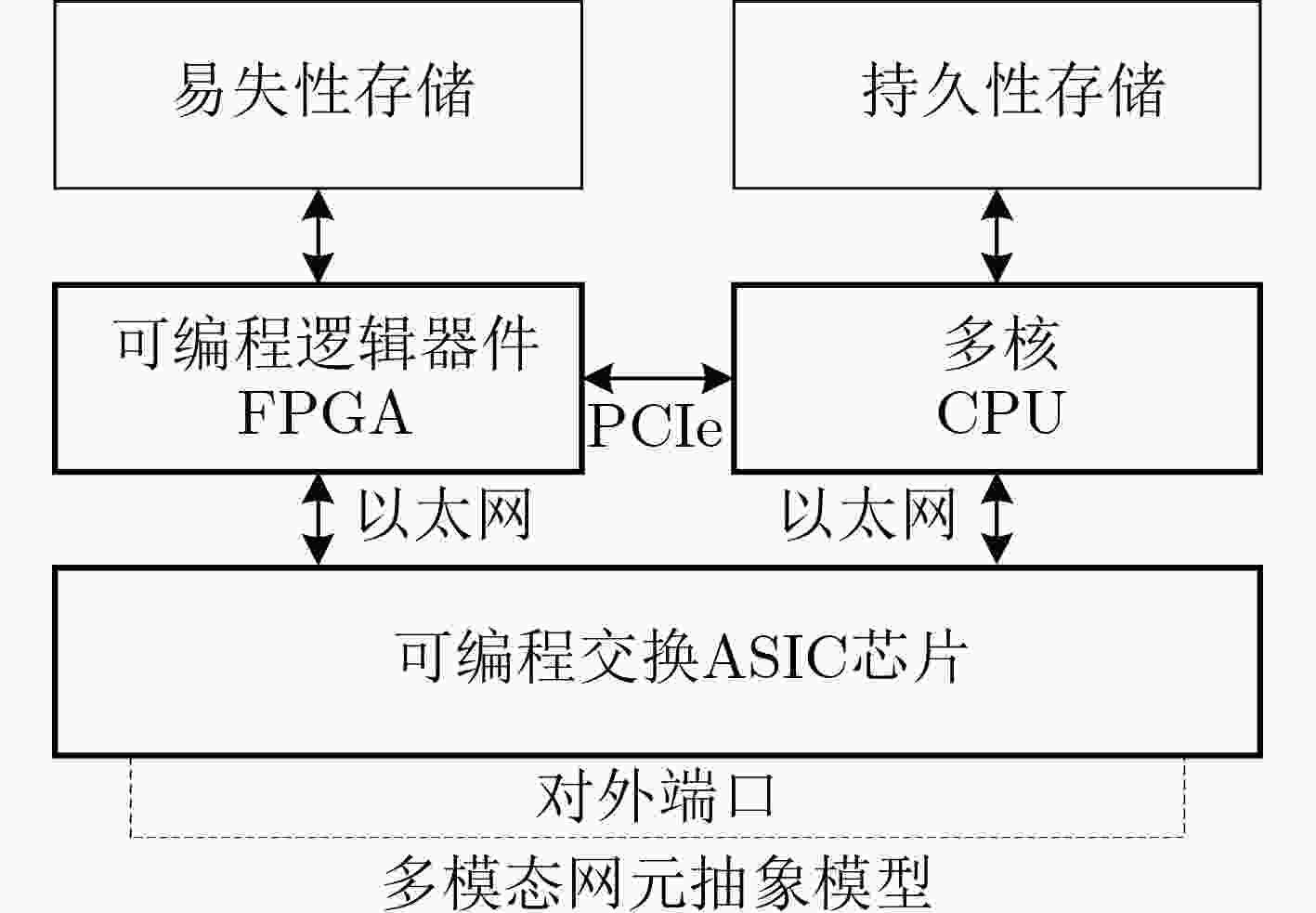
 下载:
下载:
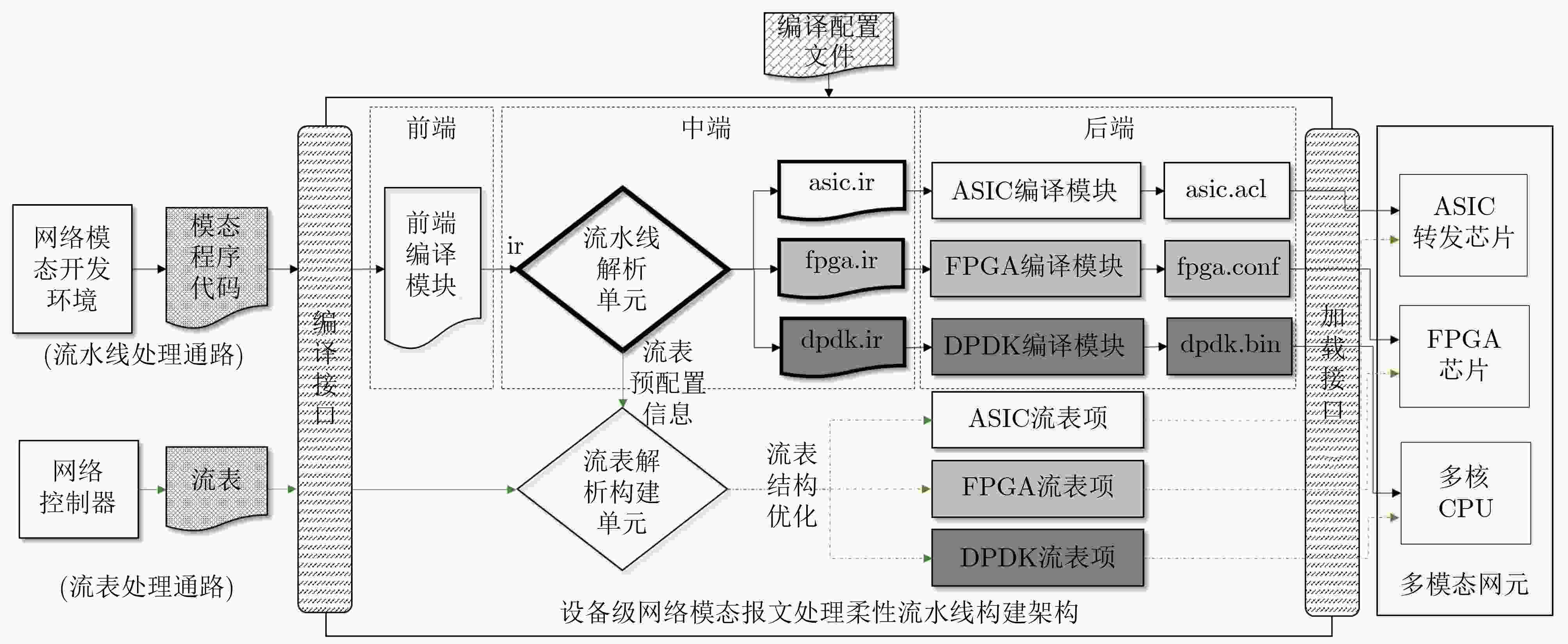
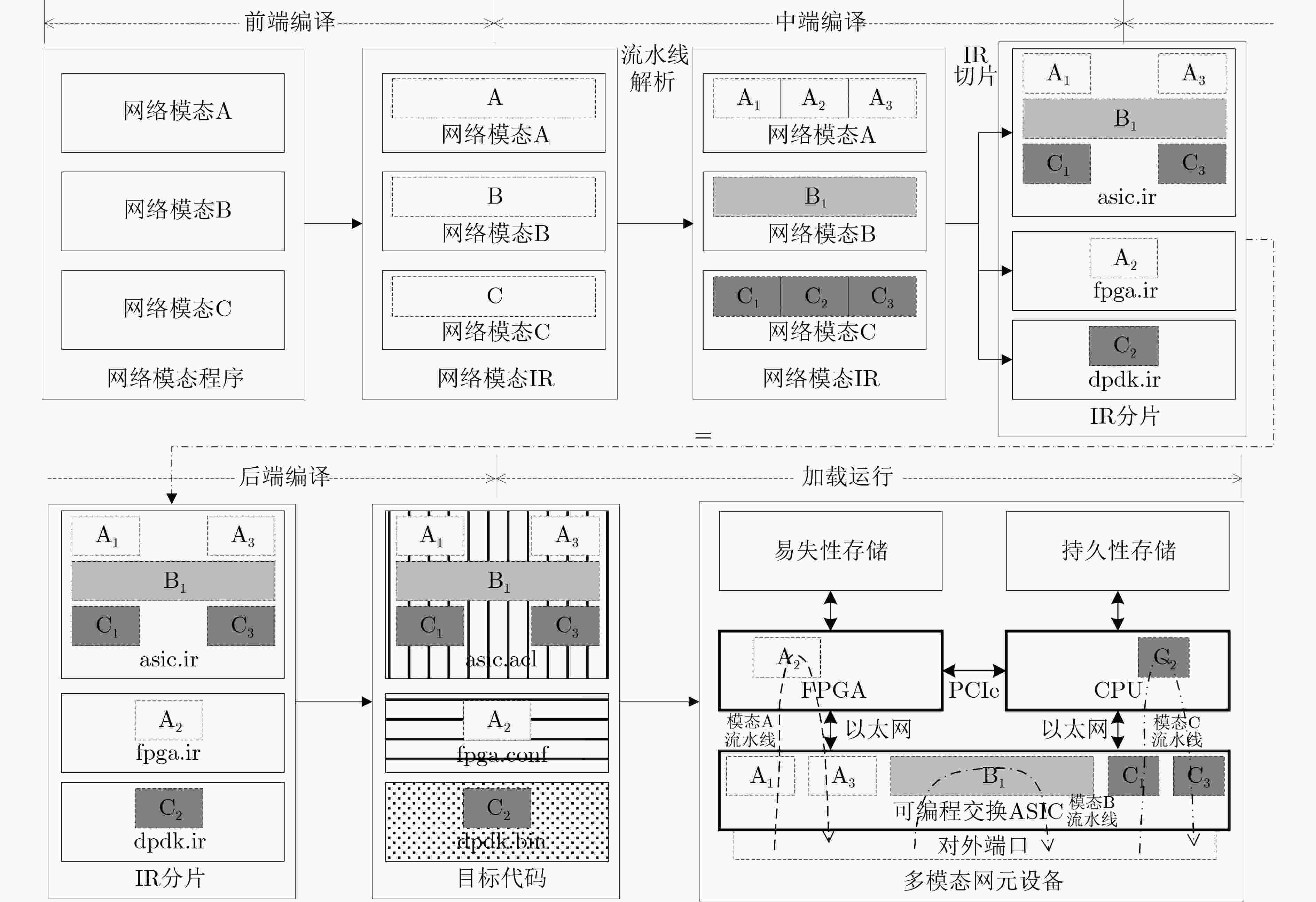
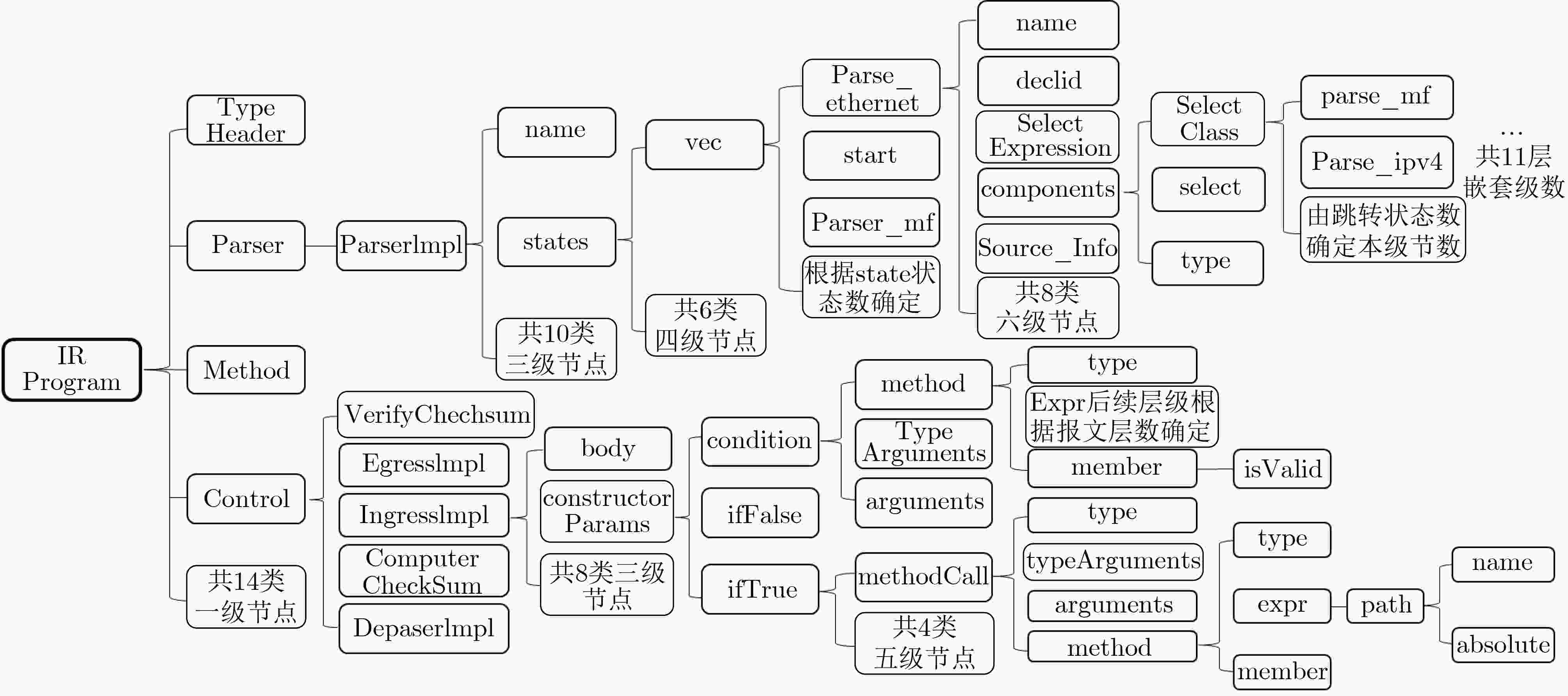
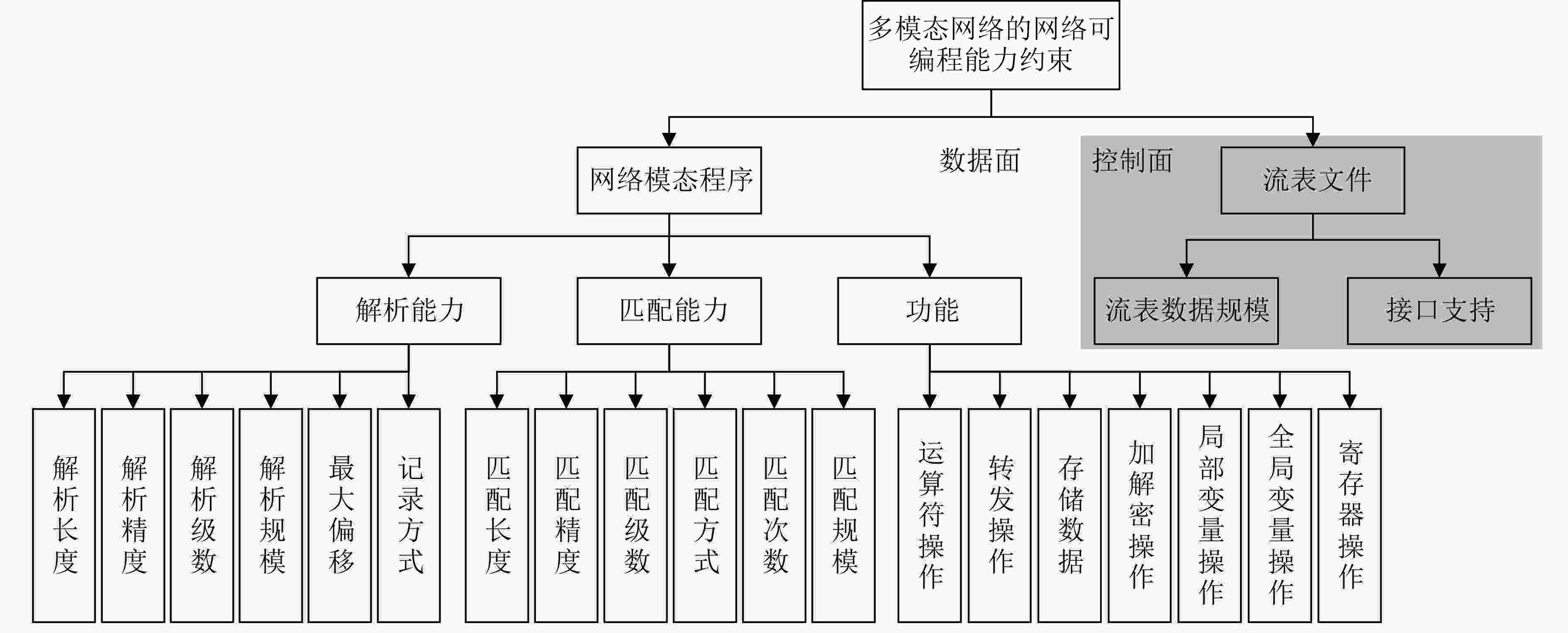
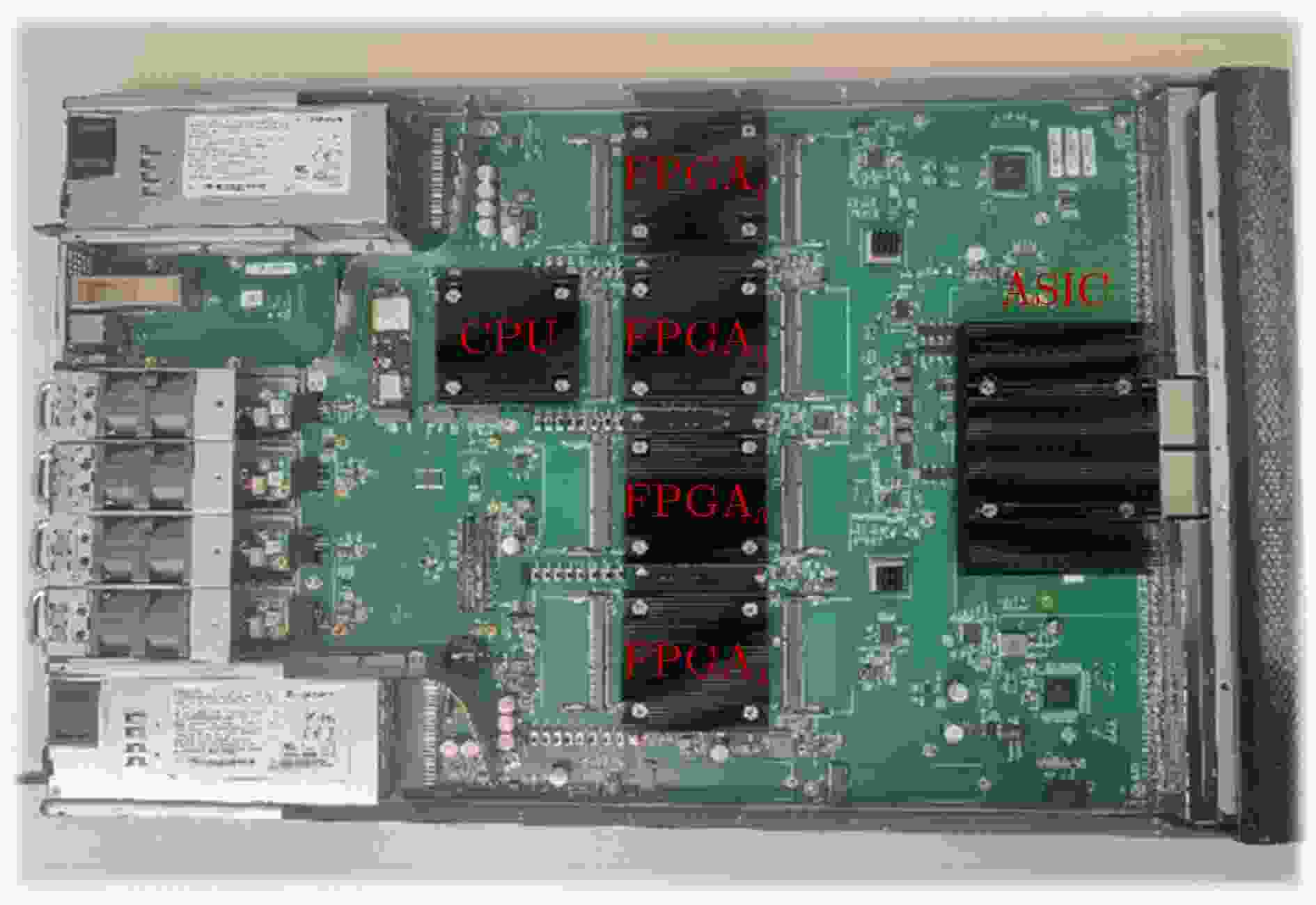
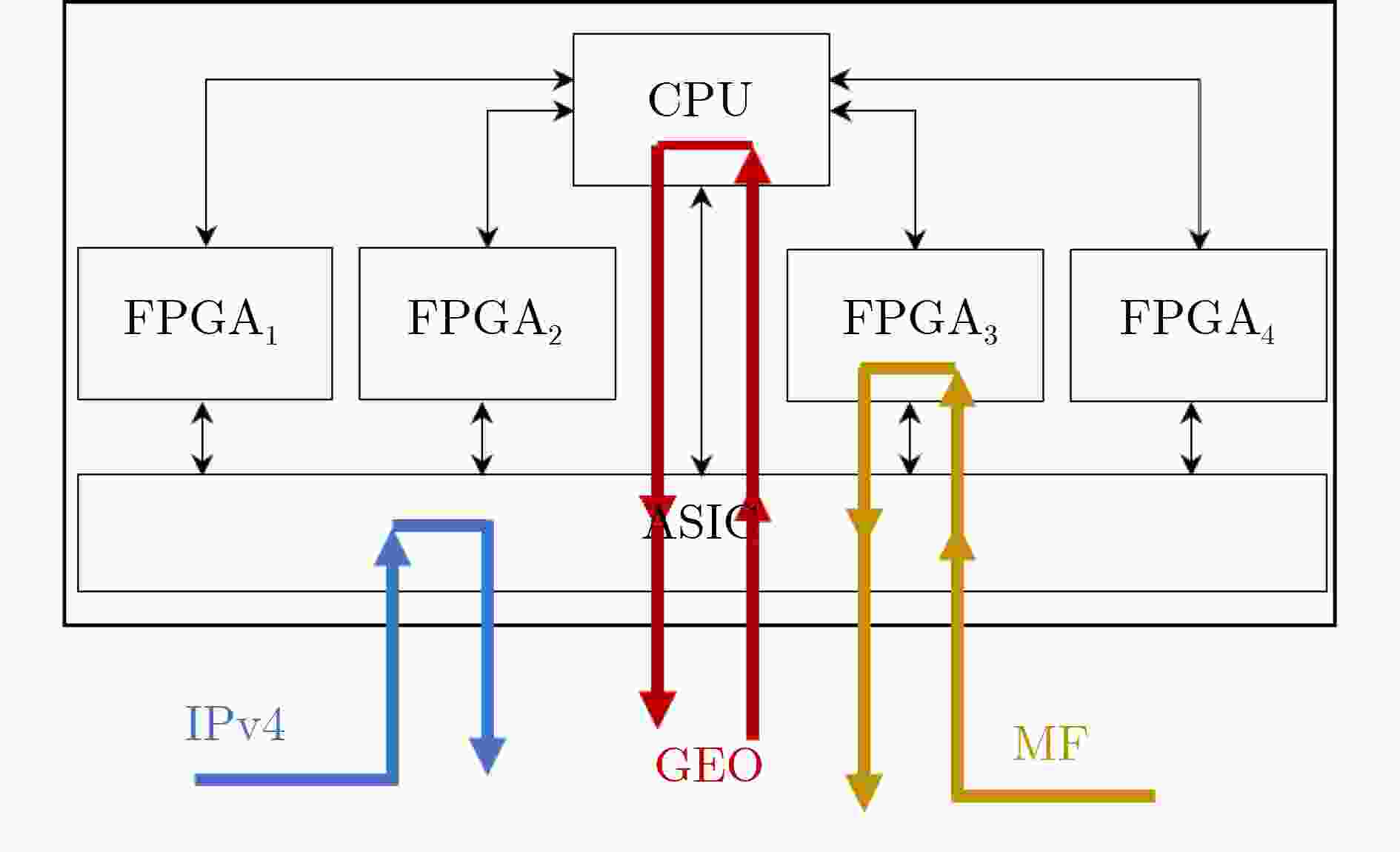
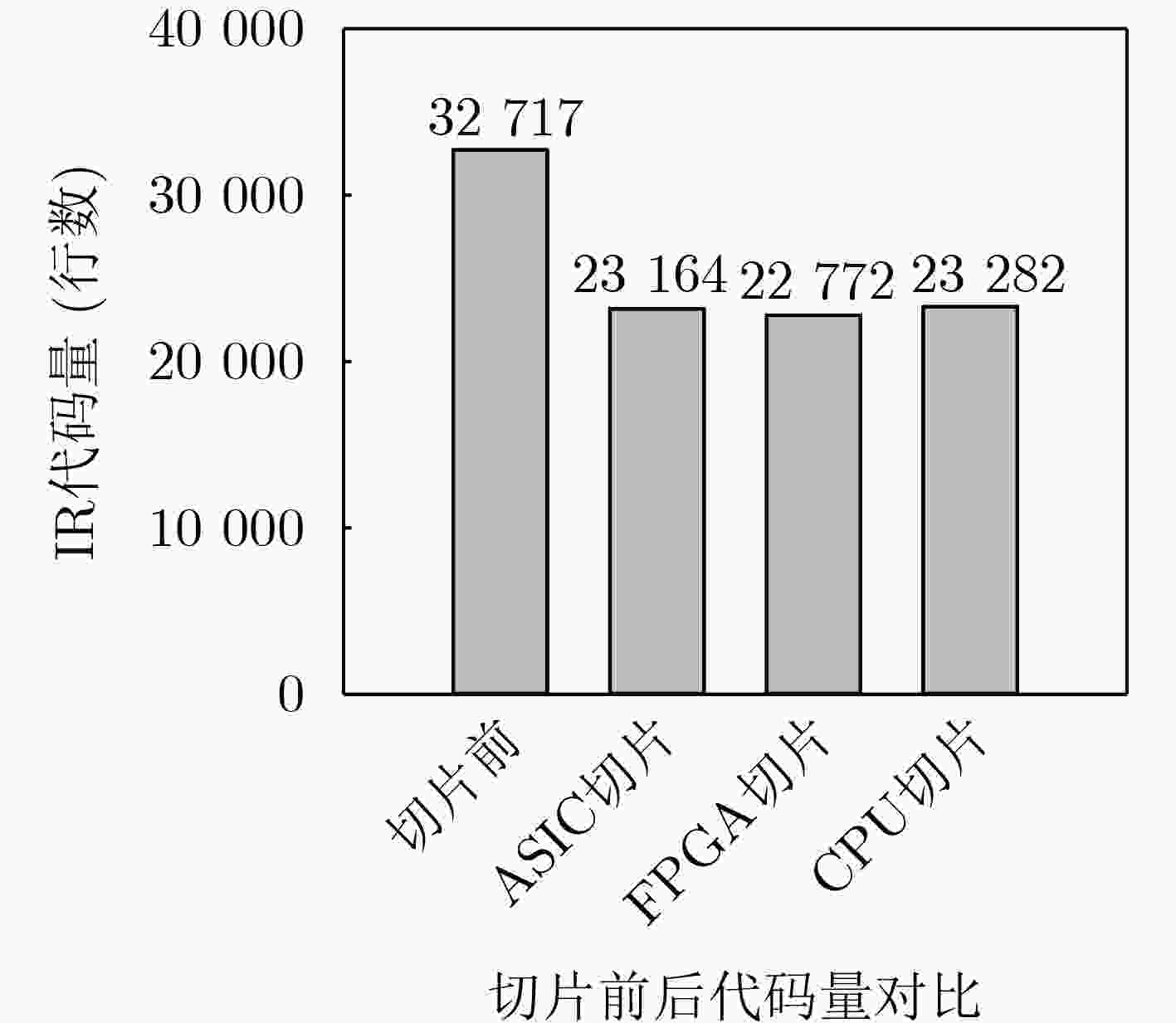
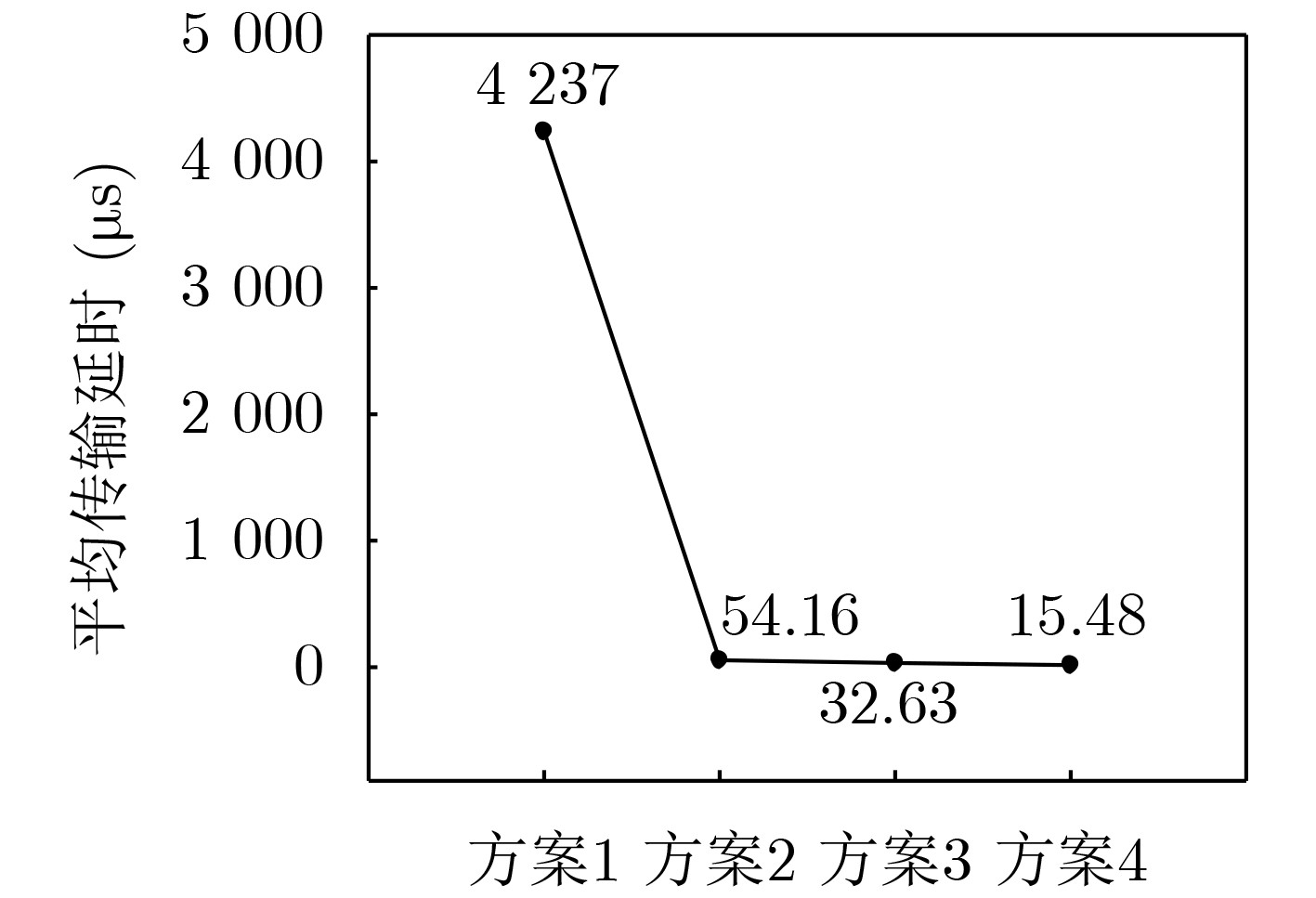
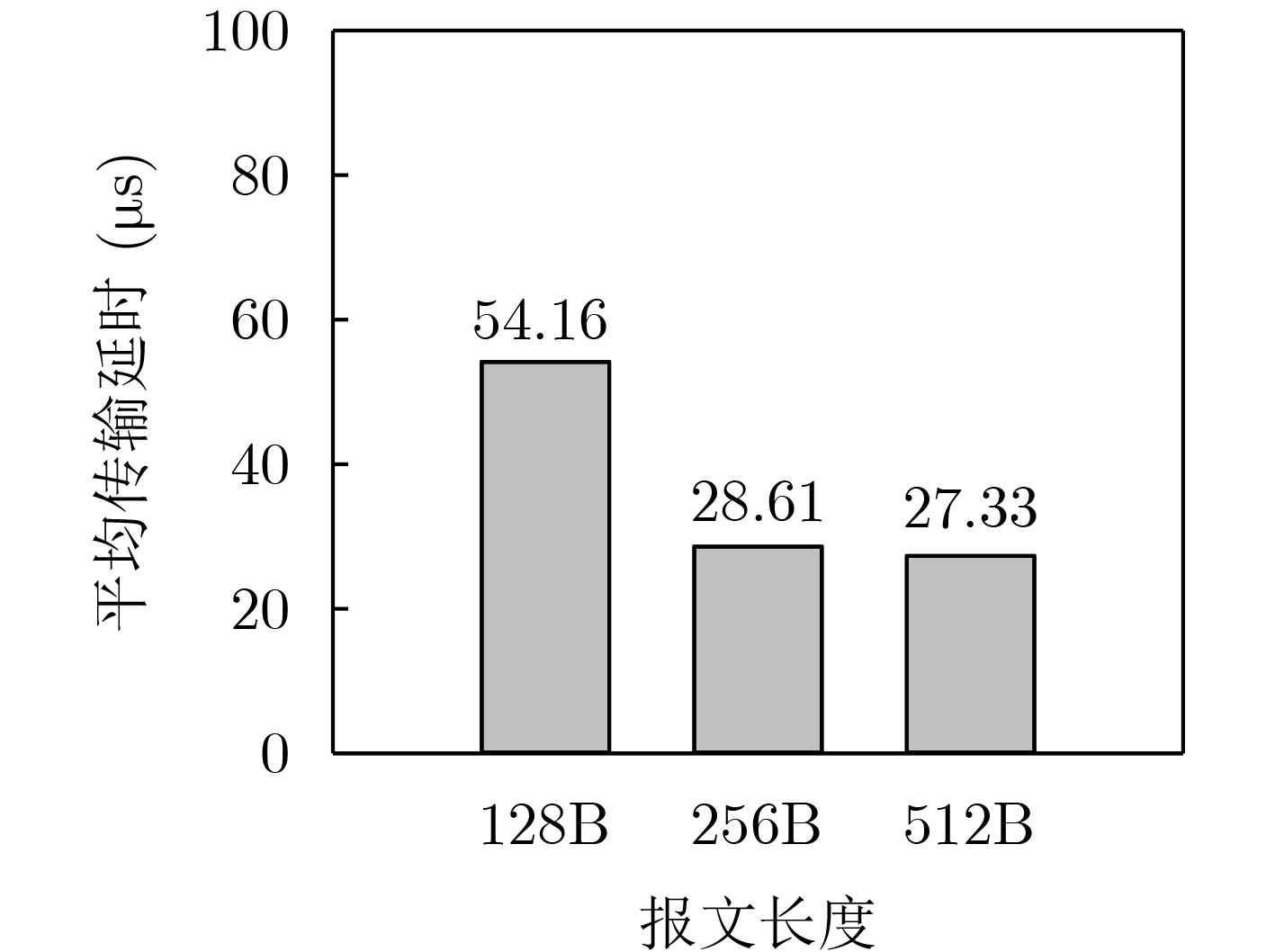


 下载:
下载:
